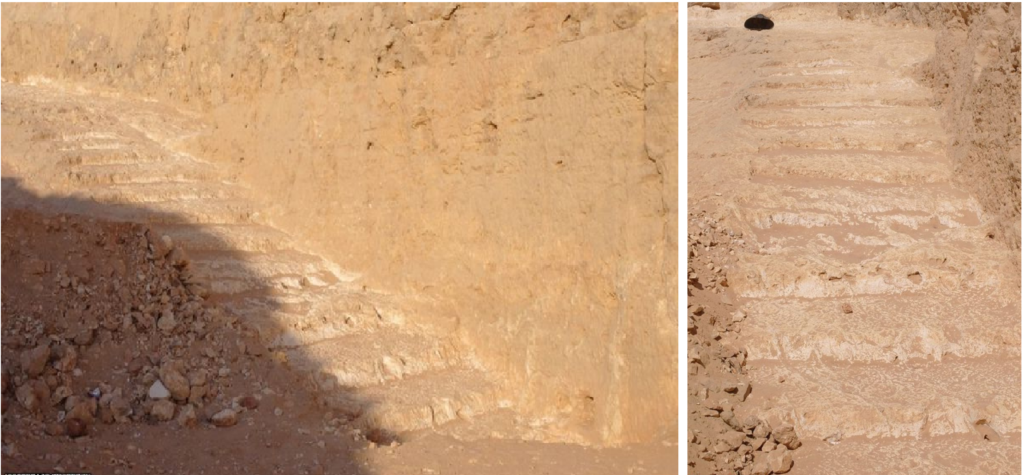The Pyramids, those wonderful structures that were build thousands of years ago, have been a question that touched the minds of whomever saw or heard about them. How could Egyptians build such a magnificent piece of art 4,000 years ago?
The answer to this question gets even harder when you know that there was no technology at the time of what we have right now. Add to this that scientists cannot fully explain how the pyramids were built with all the technology we possess.
When solid explanation was not found, human minds even tended to tell conspiracy theories that pyramids were built by aliens, or Egyptians had superpowers, and many more other explanations.
So, how were the pyramids built? We are still not 100% sure but researchers from Liverpool University may have found a missing piece that can make it a lot clearer
What Do We Know so far?
The Great Pyramid of Giza (also called the Pyramid of Khufu) is the oldest and largest of the pyramids in Egypt. It did not acquire the title by incidence; there is a reason for this. Pharaoh Khufu began the first Giza pyramid project 2550 B.C. The Great Pyramid is 481 feet (147 meters) tall and estimated to have 2.3 million stone blocks; each weigh an average of 2.5 to 15 tons.
Khufu’s son, Pharaoh Khafre, built the second pyramid at Giza 2520 B.C. The third of the Giza Pyramids was built 2490 B.C. and is significantly smaller than the first two.
Despite the loss of the pyramids’ secret being shrouded by history. Archaeologists have been trying, a step by step, to discover the various techniques behind their construction. We know that stones were brought from a quarry lying to the south of the pyramid. Scientists suggest that Egyptians wetted the sand prior to the movement of stones to make the process a lot easier. However, this only reveals the information of how stones were displaced from one place to another. But how the lifting process was done with such huge weight? 2.3 million 2.5-15 tons stone blocks?!!!!
Scientists guessed that the lifting should have involved some sort of ramp. When asked for evidence, researches came up empty-handed. And, there was a valid point for this. For the ramp theory to be valid, ramp has to be very steep (about 20 degrees of inclination). This large slope generates an even more challenge to pull just the 2.5-ton stone.
What did Liverpool Scientists Discover?
The team discovered another ramp. Wait this time is different! The new ramp lies at another rock quarry located in the Egyptian desert. The ramp was very unusual. It was sort of steep, but more significantly, it was flanked on both sides by staircases. So, the ramp has stairways and a series of holes that might have contained wooden columns.

Yannis Gourdon, the mission’s co-director, noted that this type of system has never been found anywhere else. He added that this system dates back 4,500 years, before the beginning of building the Great Pyramid!!
Roland Enmarch, another scholar, mentioned that the patterns of the columns holes in the stairs suggested some sort of a rope-and-pulley system. Comparable systems were found in Greek technology, but this ramp exists 2000 years before the Greek system.
Mystery Solved?
As you saw the ramp photo, you noticed that ramp was cut into the rock. So, it is difficult to assume that this ramp was used to build the pyramid. However, it shows that ancient Egyptians had a firm understanding of simple mechanisms and machines that can be devoted to convert the impossible to a possible.
Conclusion
While no proof exists to support this method as the exact one used for building the pyramids, Egyptologist Dr Roland Enmarch told it was reasonable to assume this technique as the closest.
In the past, archaeologists have agreed that Egyptians used a ramp system to move stone blocks up the pyramid, but how did not know how this system worked. This discovery may help them to solve the mystery.
